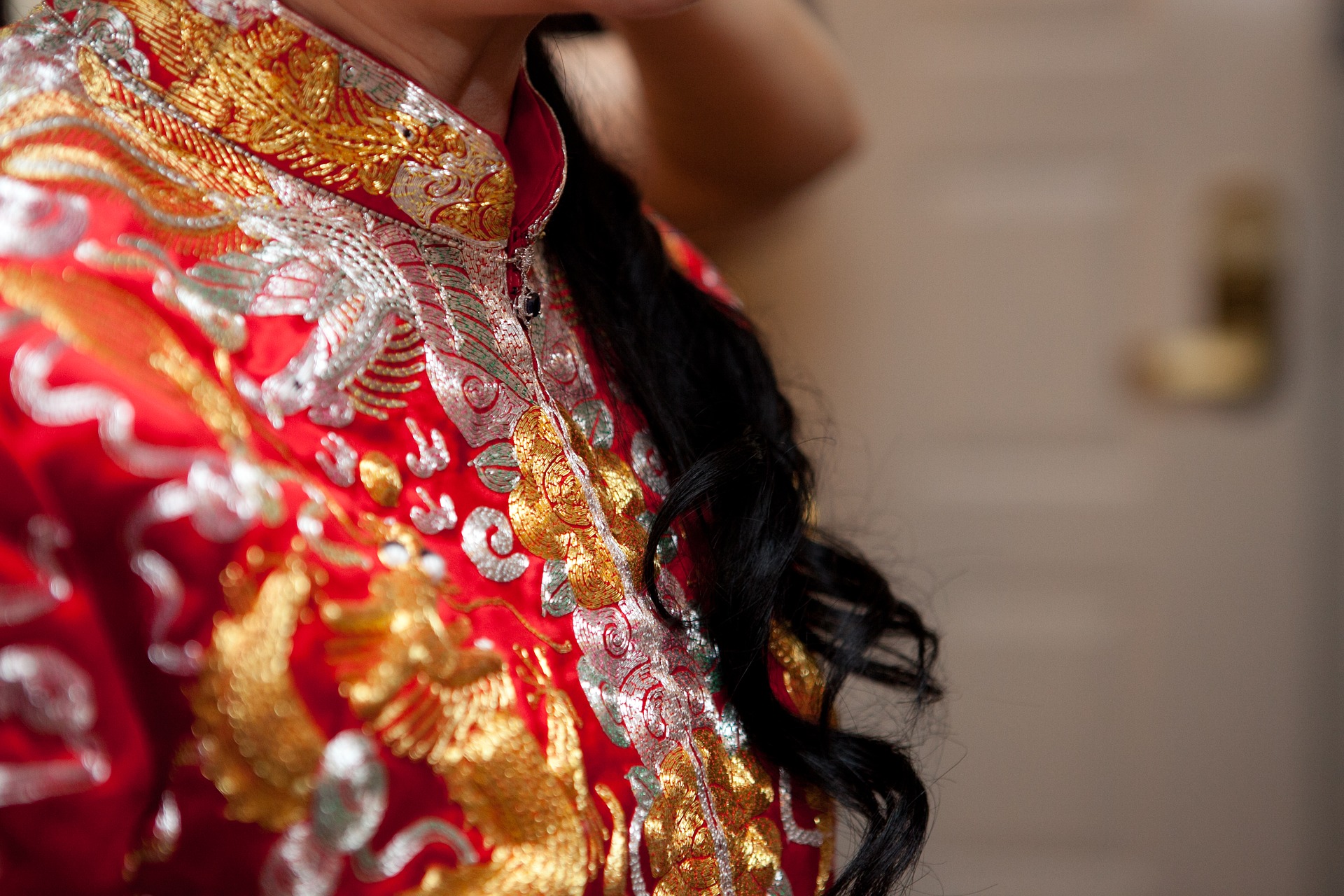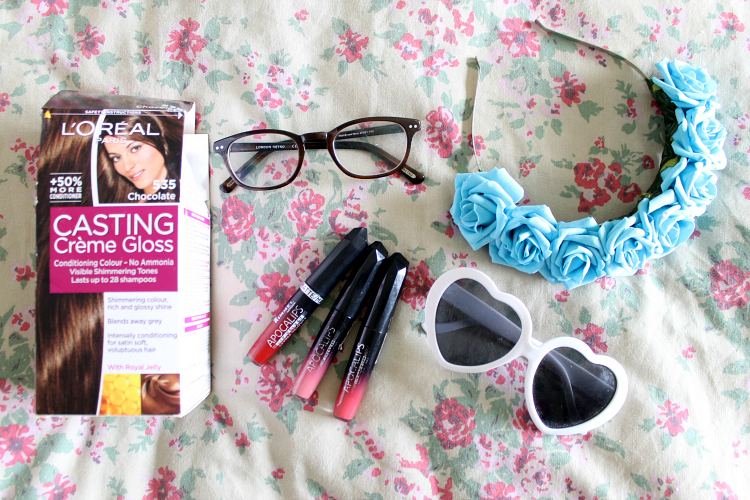
What Do You Wear To a Wedding in a Different Culture?*
Once you’re in your late 20s and 30s, everyone you know seems to be getting married. Cue the wedding invitations popping through the letter box. Once you’ve RSVP-ed it’s time to start thinking of what to wear. Dressing for a wedding is hard when it’s your bog standard church wedding in your home town, but what about if you’ve been invited to a wedding of a different culture? Along with Charles Tyrwhitt, retailers of timeless menswear, we look at how the dress code of a wedding changes depending on the background of the newlyweds.
What will the bride & groom be wearing?
In the UK brides are known for wearing flattering white or cream dresses, with a train and veil. Grooms opt for a smart suit or a tux usually complying to their wife to bes colour scheme. But how do our own bridal traditions compare to China, Japan and India?
China
In China, the most popular colour for a bride to wear is red as this is considered a sign of good luck. In the north it’s traditional for the bride to wear a one piece dress and in the south it’s more typical for her to wear a two piece. The dresses are embroidered with gold or silver and a bridal crown is part of the wedding costume. On her feet she’ll wear a special pair of embroidered shoes with an animal that symbolises happiness or longevity such as a turtle or deer.
Traditionally the groom would wear a black silk coat over an embroidered robe and on their head a black hat with a red tassel but younger generations are opting for a simple tuxedo or a business suit.

Japan
As Japanese weddings are a very elaborate affair, the bride can have as many as 5 costume changes over the day. At a traditional (Shinto) wedding, the bride wears a white kimono, but Japanese brides these days are opting to wear a dress that has a traditional print rather than the kimono.
Traditionally, a Japanese groom wears a wedding kimono for the ceremony and then changes into a tuxedo. The formal kimono that he wears is called a montsuki, and often displays the family crest. These days the younger grooms have started wearing a tuxedo during the ceremony too.
If you’re attending a Japanese wedding, it’s polite to wear Japanese style clothing. If it’s a more than one day affair, there will be down time where something casual will be okay such as Japanese t shirts or japanese tank tops should it be warm.
India
The brides outfit depends on the region in India. In some regions, the bride wears a saree, in others she wears a lehenga. Often the bride is dressed in red or another vibrant colour such as deep purple or royal blue, her garments will be carefully embroidered with an impressive design. The bride and her bridal party will often have henna on their palms, hands, forearms and legs.
Similar to the women, it depends on what region of India the groom is from as to what they wear. Some husbands-to-be wear traditional dress, such as a dhoti. In other regions, they wear a sherwani, a kurta. Again like in other countries, many grooms in India are now opting for a Western suit. The men also have henna on their bodies but it is less elaborate and often hidden.

What should the guests wear?
As I mentioned above, trying to find somewhere to wear to a wedding is tricky enough, without having to think about cultural rules as well. Here are some simple ideas to help you out.
China
The rule of thumb is that the bride will be wearing red, so avoid that at all costs as this can be seen as trying to steal her thunder. Recommended colours are pink, peach and purple as they’re all associate with new life and happiness. Avoid black and white at all cost as these are funeral colours and black is considered bad luck.
Japan
It’s disrespectful to show shoulder so avoid wearing a dress that does so. Women often wear knee length dresses or a kimono if they’re embracing the cultural look. Men are expected to dress formally, traditionally in a black suit and white tie, however nowadays other suit colours are acceptable. However avoid wearing a white shirt and a black tie.
India
At an Indian wedding, the bolder and more vibrant your outfit is the better. Wearing vibrant colours will mean you fit in with the Indian guests. Guests should avoid white or black as these are colours worn for funerals and mourning in India. And like with China, red is a popular colour with the bride so avoid it. Jewellery is important for women too, choose a statement piece for around your neck with matching earrings and bangles. Guests might also be expected to cover their heads if the wedding is held in a temple. For this, women can wear a long scarf or pashmina over their heads and men are usually provided with a head cover such as a large handkerchief.
Also, it’s important to remember an Indian wedding is often a long drawn out event and it could be three days long, so make sure what you wear is comfortable!

If you’re still unsure, why not have a word with your hosts? They could probably point you in the right direction.




